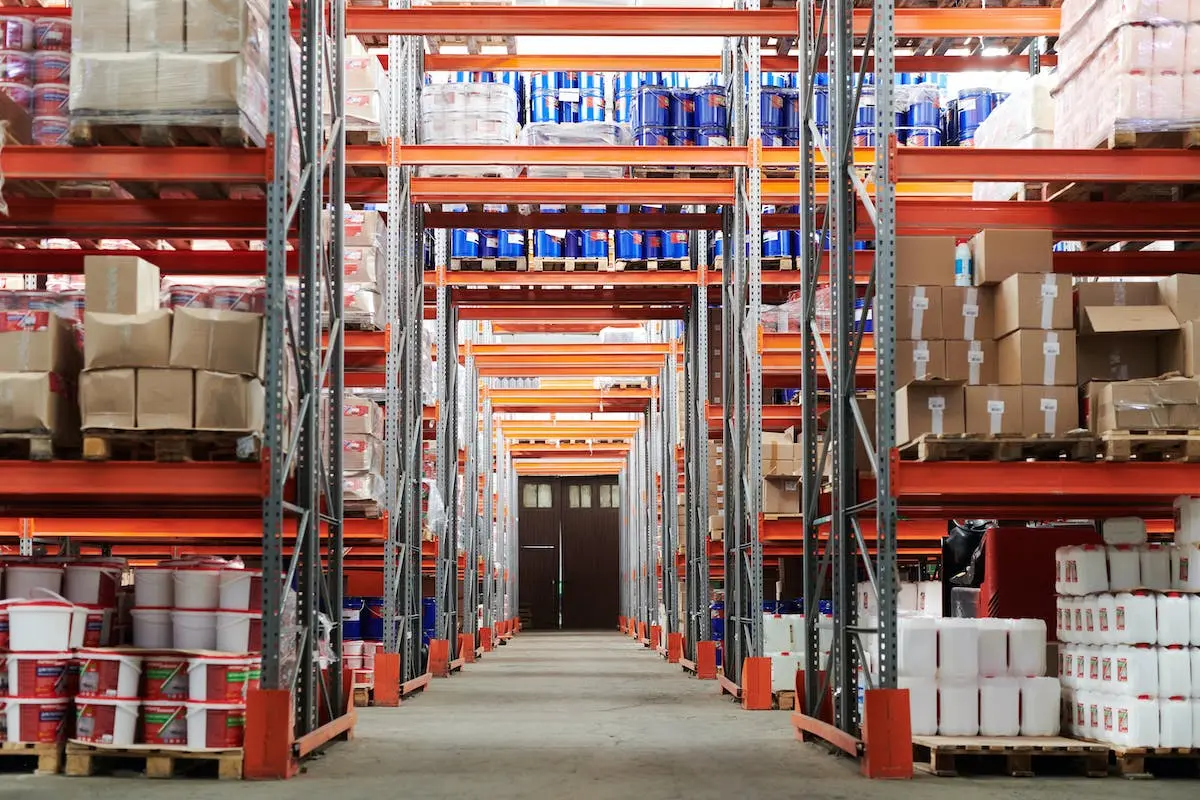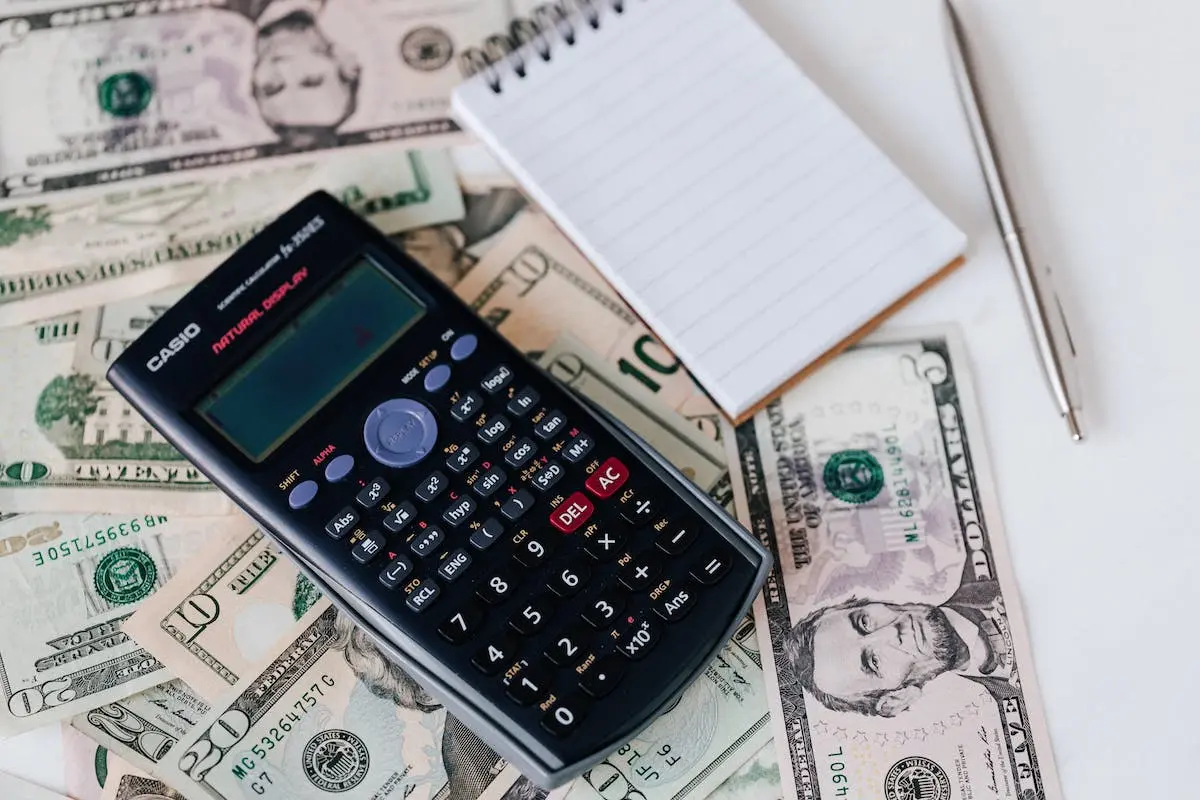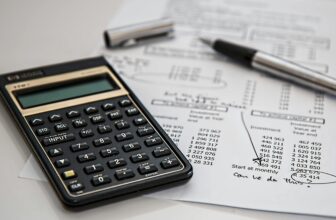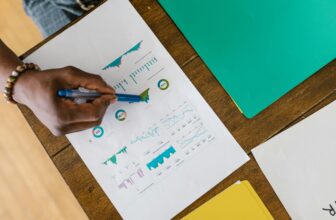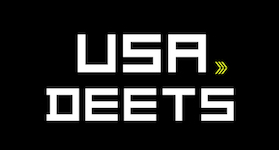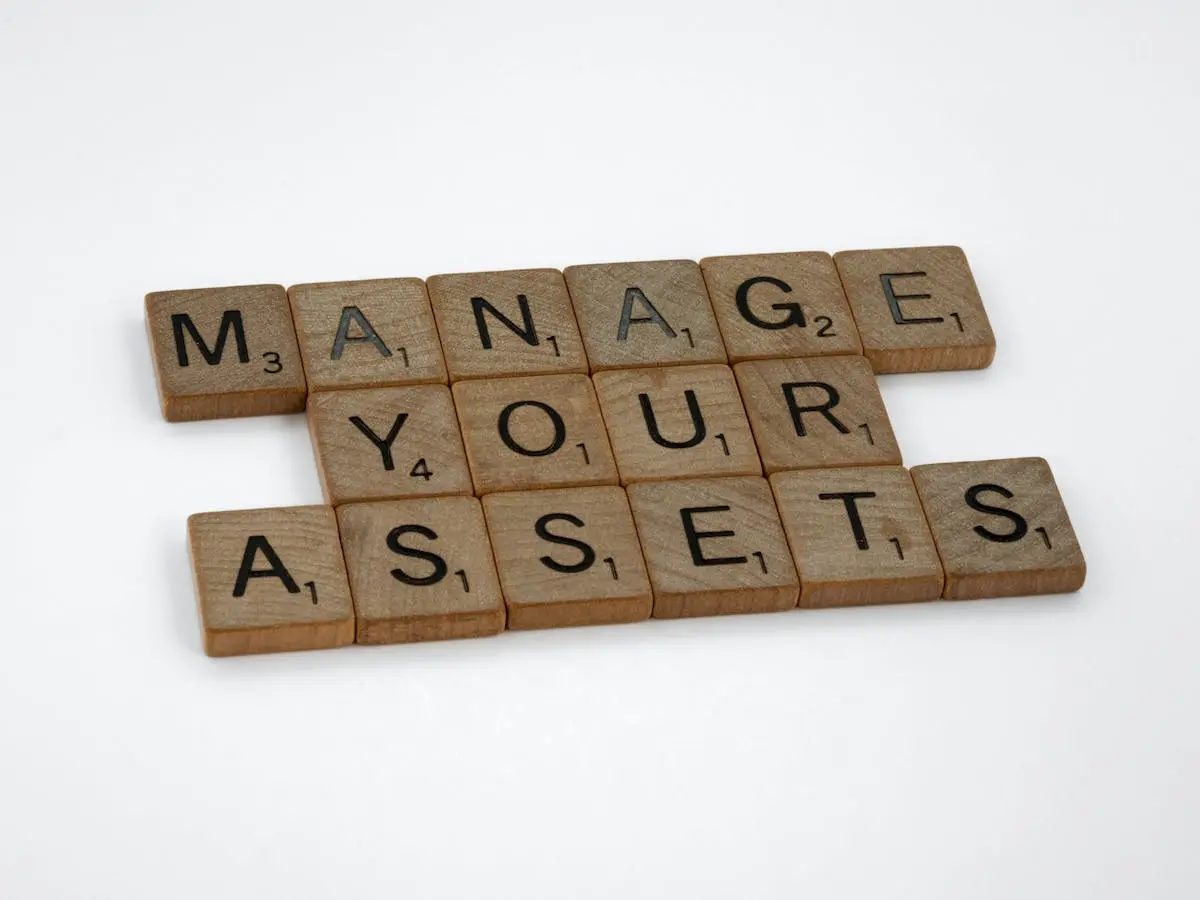
The short answer is both yes and no. Let me break it down. While accumulated depreciation shows up on the balance sheet as a negative number, it’s not a tangible asset like your car or laptop. Instead, it’s a contra asset, meaning it’s paired with another asset to give a more accurate picture of its current value.
Understanding Accumulated Depreciation:
What in the world is accumulated depreciation? You buy a shiny new car, and over time, it loses some of its value due to wear and tear, right? Accumulated depreciation is like the record keeper of this decrease in value. It’s an accounting measure that reflects the total depreciation expense recognized over the lifespan of an asset.
Why is accumulated depreciation an asset?
Contrary to traditional assets like buildings or machinery, accumulated depreciation isn’t a tangible entity you can touch. Instead, it’s a sort of financial sidekick, showcasing the wear and tear on these assets over time. While it might seem counterintuitive, accumulated depreciation appears as a negative number on the balance sheet. This is because it works in tandem with other assets, providing a more accurate picture of their current value.
So, why is accumulated depreciation considered an asset? Think of it as the silent storyteller of an asset’s journey. It reflects the total depreciation expense recorded throughout an asset’s lifespan, helping companies assess the true worth of their long-term investments.
In essence, while accumulated depreciation may not fit the conventional mold of an asset, it serves a crucial purpose in financial reporting. It’s the unsung hero ensuring that a company’s balance sheet paints an honest and comprehensive picture of its financial health.
How to calculate accumulated depreciation?
Alright, buckle up – we’re about to explore the different ways companies calculate depreciation. There’s the straight-line method, which spreads the cost evenly over an asset’s useful life. Then we have the declining balance method, front-loading more depreciation in the earlier years. Finally, there’s the units-of-production method, tying depreciation to the actual usage of the asset.
Here’s a simple table comparing the Straight-Line Method, Declining Balance Method, and Units-of-Production Method:
| Depreciation Method | Straight-Line Method | Declining Balance Method | Units-of-Production Method |
|---|---|---|---|
| Concept | Evenly spreads depreciation over an asset’s useful life | Front-loads more depreciation in the initial years | Ties depreciation to the actual usage of the asset |
| Calculation Formula | (Cost – Salvage Value) / Useful Life | Book Value * Depreciation Rate | (Actual Production / Total Production) * (Cost – Salvage Value) |
| Consistency | Consistent annual depreciation expense | Higher depreciation expense in early years, decreases over time | Variable depreciation based on actual asset usage |
| Predictability | Predictable and stable depreciation | More unpredictable, especially in early years | Depends on actual production levels, can vary each year |
| Application Suitability | Ideal for assets with a steady and predictable decline in value | Suitable for assets that depreciate rapidly in their early years | Best for assets whose value diminishes with actual usage |
| Advantages | Simplicity, easy to understand and calculate | Reflects the rapid depreciation often seen in some assets | Aligns with the actual wear and tear based on usage |
| Disadvantages | May not accurately represent assets with irregular usage | Can be complex and harder to predict | Requires accurate tracking of production levels |
1. Straight-Line Method:
The most straightforward path. With the straight-line method, companies evenly spread the cost of an asset over its useful life. It’s like creating a budget for depreciation, making the financial journey predictable and easy to follow. This method is a steady, reliable companion for assessing how much an asset has aged financially each year.
Real life example
Consider a company purchasing a delivery van for $40,000 with an estimated useful life of 5 years and a salvage value of $5,000. Using the straight-line method:
Annual Depreciation Expense=Cost−Salvage Value/Useful Life
{Annual Depreciation Expense} = \frac{$40,000 – $5,000}{5} = $7,000
So, each year, the company records $7,000 as depreciation, and after 5 years, the accumulated depreciation would be $35,000 ($7,000 * 5).
2. Declining Balance Method:
The declining balance method front-loads more depreciation in the initial years, mimicking the idea that some assets lose value more rapidly in their youth. It’s like enjoying the thrilling twists and turns of accelerated depreciation, making the financial journey a bit more exciting in the earlier stages.
Real life example
Imagine a technology firm investing in a high-tech machine for $100,000. This machine has a useful life of 4 years and no salvage value. Using the declining balance method:
Annual Depreciation Expense=Book Value×Depreciation Rate
Assuming a 25% depreciation rate:
Year 1: {Depreciation} = $100,000 \times 0.25 = $25,000
Year 2: {Depreciation} = ($100,000 – $25,000) \times 0.25 = $18,750
And so on.
After 4 years, the accumulated depreciation would be the sum of the annual depreciation expenses.
3. Units-of-Production Method:
Think of this as a pay-as-you-go approach. The units-of-production method ties depreciation directly to how much an asset is used. It’s like paying for exactly what you use, making it a dynamic way to reflect the wear and tear based on the asset’s actual usage. This method is the perfect fit for assets whose value diminishes in proportion to their usage.
Real life example
Now, let’s think about a manufacturing company that acquires a specialized machine for $50,000. This machine is expected to produce 50,000 units in its lifetime. Using the units-of-production method:
Annual Depreciation Expense=(Actual Production/Total Production)×(Cost−Salvage Value)
Assuming the machine produces 10,000 units in a year:
{Depreciation} = ( \frac{10,000}{50,000} ) \times ($50,000 – $0) = $10,000
After each year, the company updates the depreciation based on the actual production. Over time, the accumulated depreciation reflects the sum of these annual adjustments.
In essence, these methods are like different lenses through which companies can view the aging process of their assets. Whether you prefer the steady stroll of straight-line, the roller-coaster excitement of declining balance, or the pay-as-you-go dynamic of units-of-production, each method contributes to the overall picture of accumulated depreciation. They’re the tools in the financial toolkit, helping companies tell the story of their asset’s journey over time.
How Companies Use Depreciation:
Now that we’re depreciation pros, let’s talk about how companies use this financial tool. Depreciation isn’t just about bookkeeping; it also affects a company’s taxable income. By spreading the cost of an asset over time, companies can reduce their taxable income, potentially paying less in taxes.
Assets and Accumulated Depreciation:
You might be wondering, where does accumulated depreciation come into play? Well, it’s applied to various long-term assets like buildings, machinery, and vehicles. Basically, if it has a lifespan and loses value over time, accumulated depreciation is there to account for it.
Conclusion:
And there you have it – a crash course in accumulated depreciation without the financial jargon overload. Remember, it’s like the wear and tear receipt for your assets. It might not be a conventional asset, but it plays a crucial role in giving an accurate snapshot of an asset’s current worth.
References
Here are authentic references and websites to enhance the credibility of your article:
- Investopedia – Accumulated Depreciation:
- IRS – Depreciation Basics:
- AccountingTools – Straight-Line Depreciation:
- Corporate Finance Institute – Declining Balance Method:
- AccountingTools – Units-of-Production Method:
FAQs: Understanding Accumulated Depreciation
Q1: Is Accumulated Depreciation a Liability or Asset?
Accumulated depreciation is neither a liability nor a traditional asset. It’s a contra asset, appearing on the balance sheet as a negative number. It works in conjunction with other assets to reflect the decrease in their value over time.
Q2: Is Accumulated Depreciation a DR or CR?
Accumulated depreciation is credited (CR) when recording depreciation entries. This reduces the asset’s book value while simultaneously increasing the accumulated depreciation account.
Q3: What Happens to Accumulated Depreciation When You Sell an Asset?
When you sell an asset, its accumulated depreciation is taken into account. The book value of the asset is compared to its selling price. If the selling price is higher, a gain is recorded. If lower, a loss is recognized. The accumulated depreciation associated with the sold asset is then removed.
Q4: How Do You Write Off Accumulated Depreciation?
Accumulated depreciation isn’t directly written off; rather, it’s adjusted as part of the depreciation process. When an asset reaches the end of its useful life, its accumulated depreciation is considered fully utilized. The asset and its associated accumulated depreciation are removed from the books.

